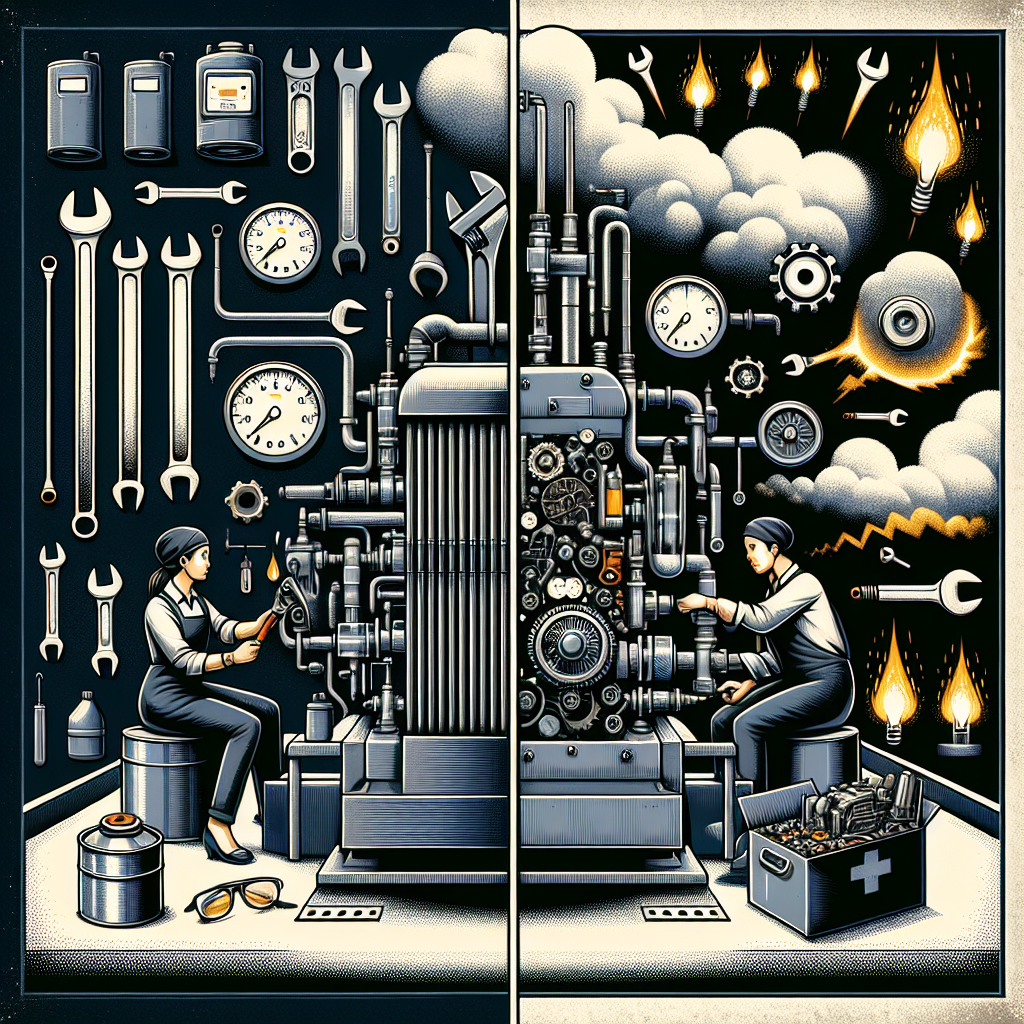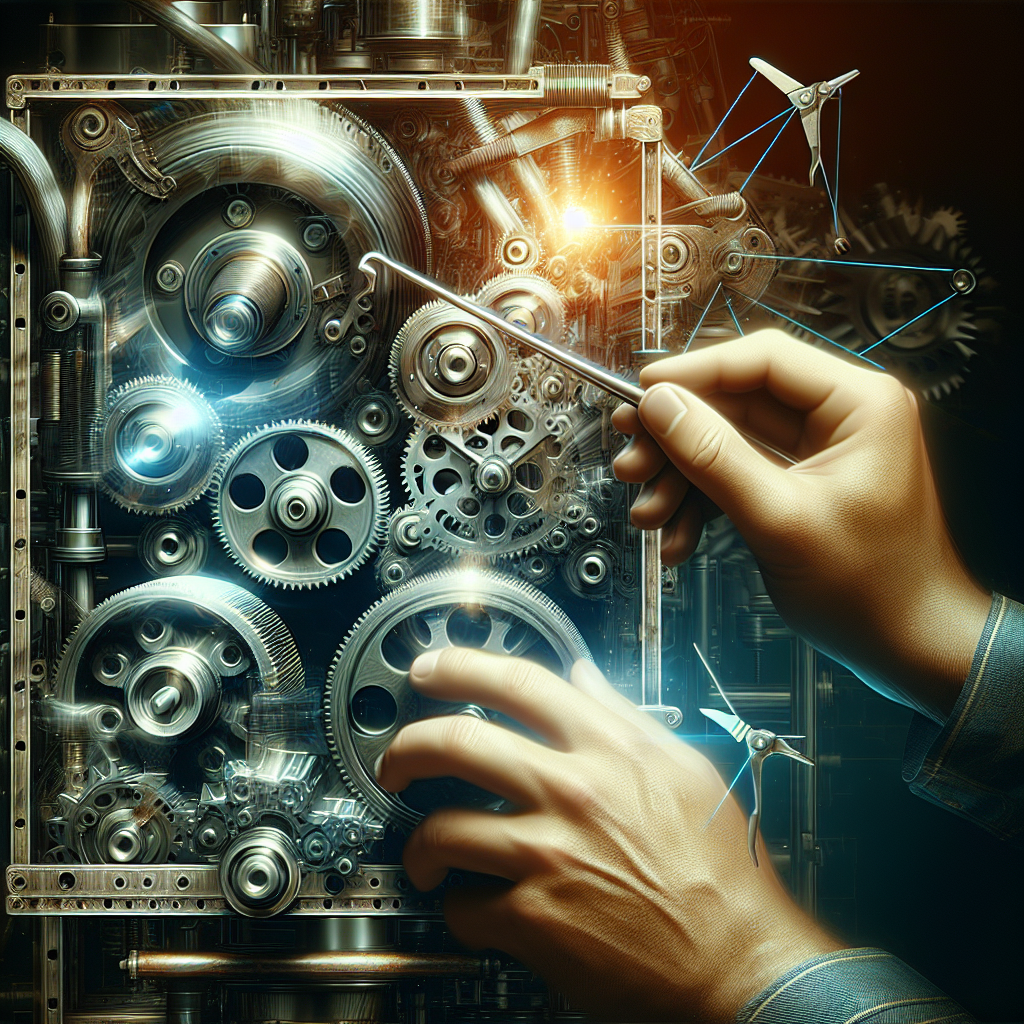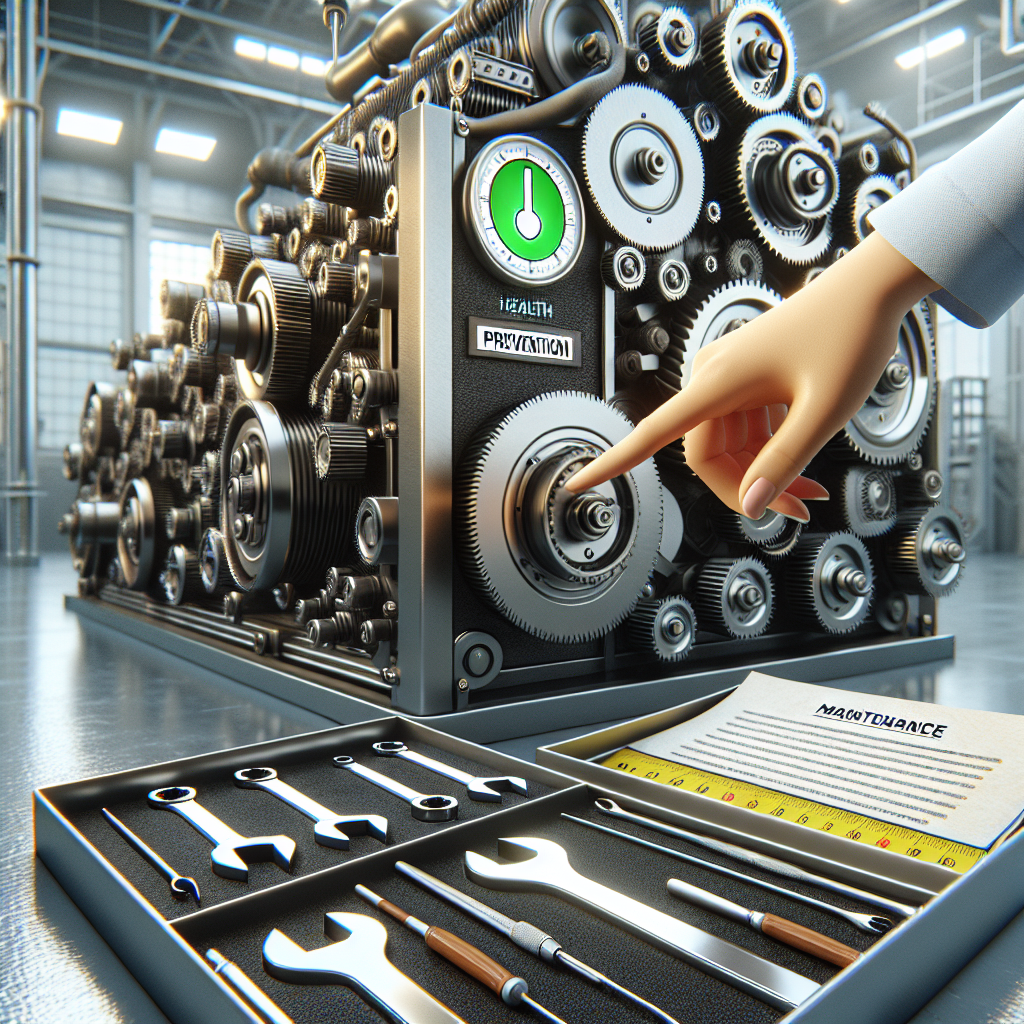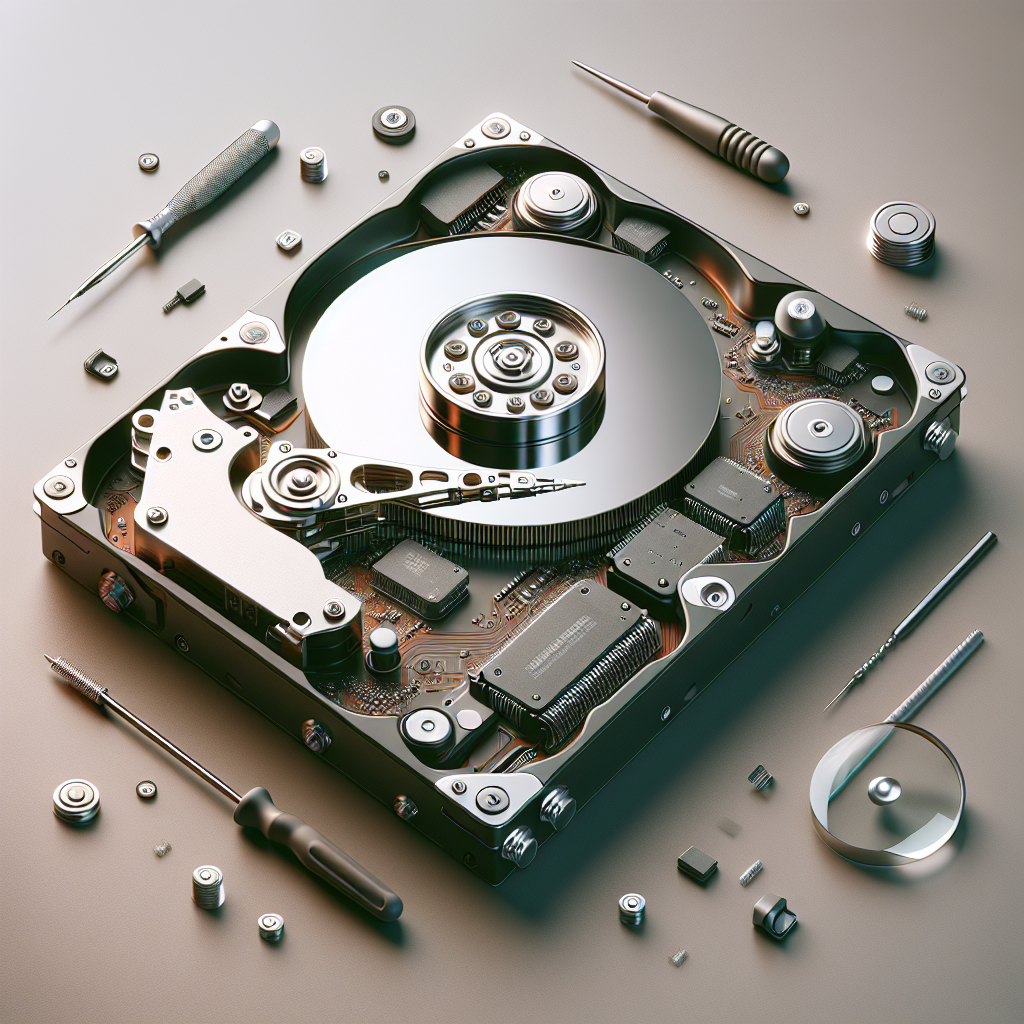Equipment failures can be a costly headache for businesses, leading to unplanned downtime, lost productivity, and expensive repairs. However, many of these failures can be prevented through proactive maintenance practices.
Proactive maintenance involves regularly inspecting, servicing, and repairing equipment before it breaks down. By staying ahead of potential issues, businesses can avoid costly downtime and extend the lifespan of their equipment. Here are some ways that proactive maintenance can help prevent costly equipment failures:
1. Identify Potential Issues Early: By regularly inspecting equipment, maintenance teams can identify potential issues before they escalate into major problems. This allows for timely repairs to be made, preventing breakdowns and costly repairs down the line.
2. Extend Equipment Lifespan: Regular maintenance can help extend the lifespan of equipment, reducing the need for premature replacements. By keeping equipment in good working condition, businesses can get more out of their investments and avoid the high costs associated with purchasing new equipment.
3. Improve Equipment Efficiency: Well-maintained equipment operates more efficiently, leading to cost savings in terms of energy consumption and productivity. By regularly servicing equipment, businesses can ensure that it is running at peak performance, reducing the risk of breakdowns and maximizing productivity.
4. Minimize Downtime: Equipment failures can lead to unplanned downtime, which can be costly for businesses in terms of lost productivity and revenue. Proactive maintenance helps minimize downtime by preventing breakdowns and ensuring that equipment is always in working order.
5. Reduce Repair Costs: Preventative maintenance is often less costly than reactive repairs. By addressing issues early on, businesses can avoid the need for expensive emergency repairs and replacement parts. This can lead to significant cost savings in the long run.
Overall, the role of proactive maintenance in preventing costly equipment failures cannot be overstated. By investing in regular maintenance practices, businesses can avoid the headaches and expenses associated with equipment breakdowns, extend the lifespan of their equipment, and improve overall efficiency. It is a worthwhile investment that can lead to significant cost savings and increased productivity in the long run.










You must be logged in to post a comment.